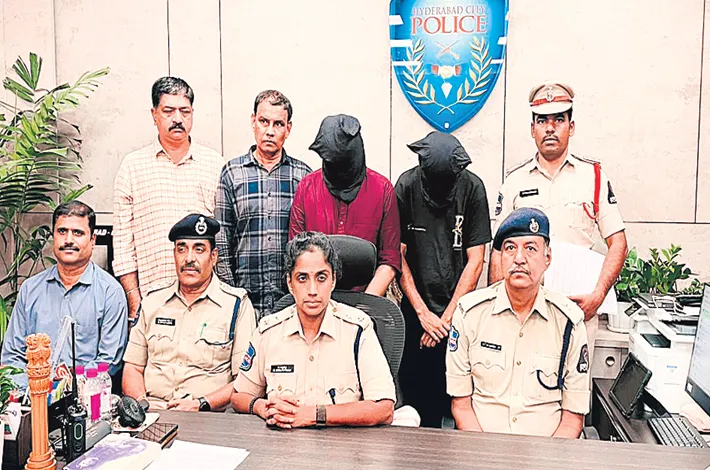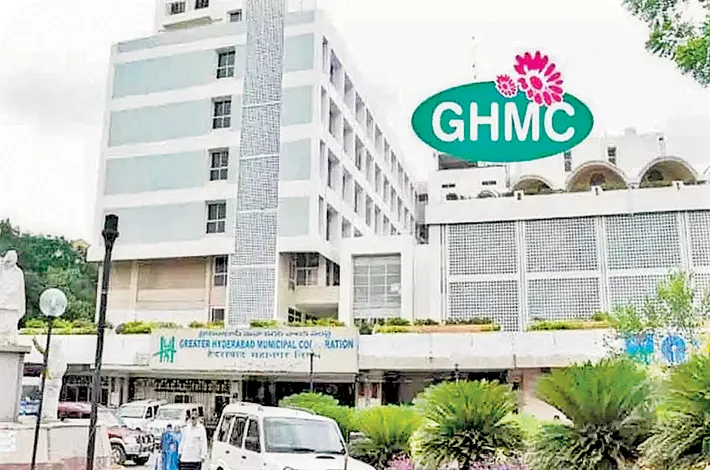HMWSSB steps up to tackle sewage overflow, water safety, and urban flooding
28-05-2025 12:00:00 AM

■ Over 10,000 manhole covers replaced, 2,000 repairs to prevent accidents
■ GHMC cleaned 3,500 km pipelines, 2 lakh manholes since October 2024
■ Pollution-detection cameras deployed for quick pipeline leak identification
■ Increased bacterial and chlorine testing to ensure safe drinking water
EKALAVYA MALLEPALLI | Hyderabad
As monsoon approaches, Hyderabad’s civic bodies are intensifying efforts to tackle annual challenges like sewage overflow, flooding, and contamination. The intermixing of rainwater and sewage in open nalas poses serious public health risks, increasing chances of waterborne diseases and exposure to unsanitary conditions, especially in low-lying areas.
The Hyderabad Metropolitan Water Supply and Sewerage Board (HMWSSB), along with the Greater Hyderabad Municipal Corporation (GHMC), is leading a multi-pronged approach to improve infrastructure, enhance safety, and deploy technology-led solutions.
Between January and May 2025, HMWSSB has replaced over 10,000 manhole covers and repaired 2,000 damaged manholes across the city. In a significant safety upgrade, internal grills are being installed beneath manhole covers to prevent accidental falls and restrict unauthorized access. These proactive measures aim to reduce the risk of disasters during the rains and ensure safer urban spaces.
To further address overflow issues, GHMC and HMWSSB launched a desilting campaign on October 2, 2024, focusing on key hotspots. So far, over 3,500 km of pipelines and 2 lakh manholes have been cleaned. “This large-scale desilting drive has led to a 30 percent drop in sewage-related complaints compared to last year,” a top HMWSSB official told Metro India. “By focusing on critical points, we’ve been able to reduce blockages and prepare better for heavy rainfall”.
The city is divided into 170 HMWSSB sections, each with dedicated field teams led by a section manager. “Every section is equipped to handle emergencies related to nalas, leakages, and both sewage and drinking water systems. This decentralized model ensures faster response times and better accountability,” the official added.
Water quality remains a high priority. HMWSSB has doubled bacterial and chlorine testing across its network. Chlorine dosing begins at reservoir points, with teams using test kits to monitor residual chlorine in the distribution system. As river turbidity tends to increase during the monsoon, chemical treatments are also being applied at the source.
To enhance efficiency, HMWSSB is using pollution-detecting machines with high-resolution cameras. These are inserted into pipelines to spot leaks, cracks, or contamination—allowing for quick, non-invasive repairs. Emergency response teams have been deployed citywide, and citizens can report issues via HMWSSB’s 24x7 helpline: 155313.








